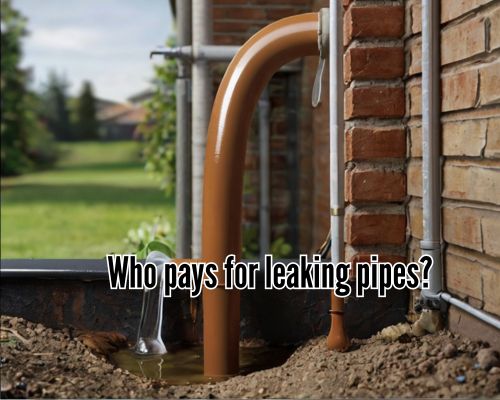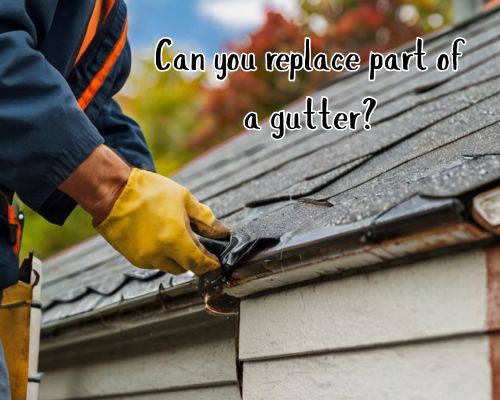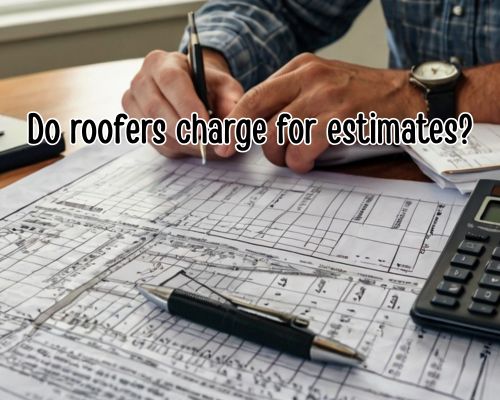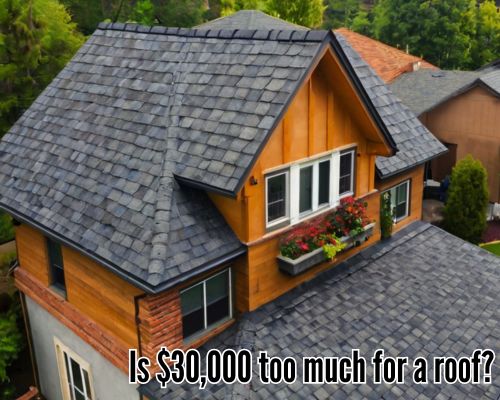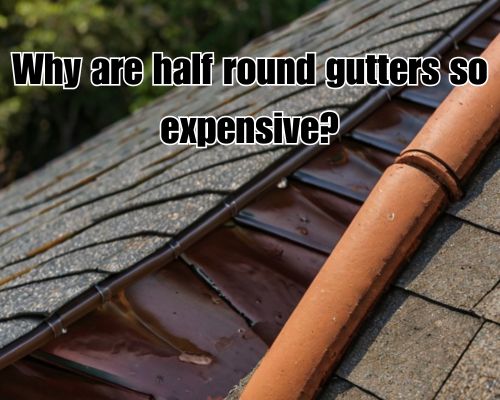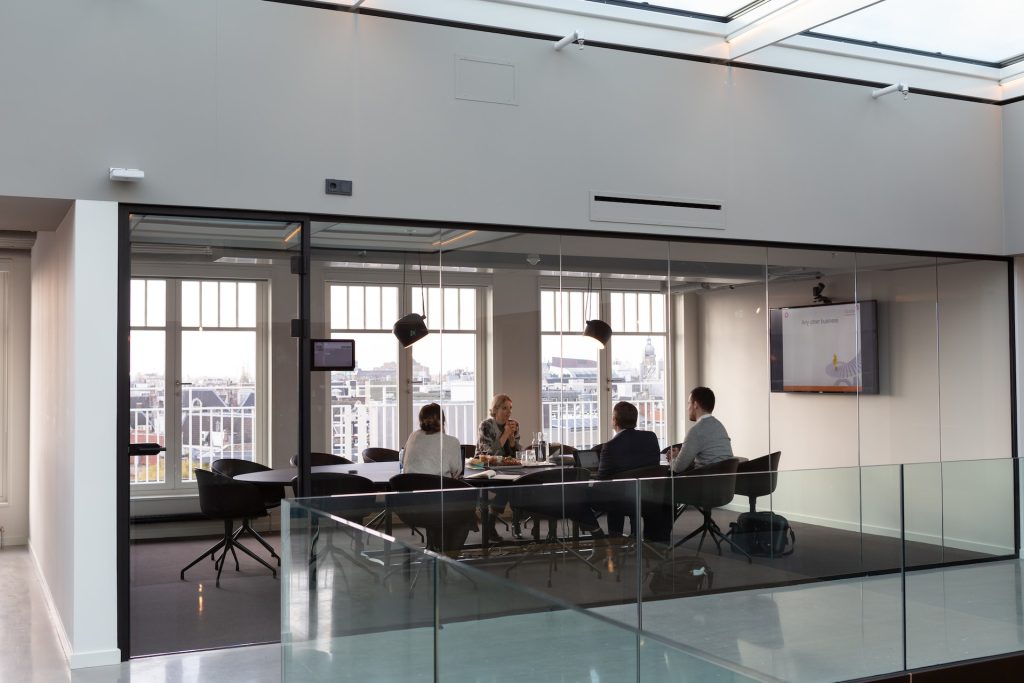In sunny West Palm Beach, Florida, where tropical rains can hit hard and fast, choosing the right gutters isn’t just a matter of function—it’s a matter of financial foresight. If you’re asking, “What are the most cost-effective gutters?”, you’re already ahead of the curve. The answer depends on your home’s structure, local weather resilience, maintenance costs, and of course, upfront installation price.
This guide breaks down the best gutter options for West Palm Beach homeowners, weighing long-term value against initial investment, and spotlighting locally-relevant factors like corrosion resistance, storm preparedness, and hurricane season durability. Let’s explore which gutters offer the most bang for your buck—without sacrificing performance.
Understanding “Cost-Effective” in Gutter Systems
First, let’s clarify: cost-effective does not always mean cheapest. Instead, it means high return on investment over time—gutters that are affordable, durable, low-maintenance, and suitable for the humid, salt-air climate of coastal Palm Beach County.
Here’s what makes a gutter system cost-effective:
- Affordable materials and installation
- Minimal maintenance needs
- Long lifespan
- Resistance to rust, corrosion, and warping
- Compatibility with heavy rainfall and wind-driven water
See gutter professional for your needs.
Top Cost-Effective Gutter Materials for West Palm Beach Homes
1. Aluminum Gutters – Best All-Around Value
🛠️ Why they’re cost-effective:
Aluminum gutters are among the most popular in Florida—and for good reason. They’re lightweight, rust-resistant, and fairly inexpensive to install. Seamless aluminum options are especially appealing in West Palm Beach because they reduce the risk of leaks—perfect for surviving those sudden Florida downpours.
🔎 LSI keywords: seamless aluminum gutters, rust-resistant gutters, Florida weatherproof gutters
💰 Estimated cost:
$5 to $9 per linear foot (installed)
🌀 West Palm Beach factor:
Aluminum holds up well in the humid subtropical climate, but coastal salt air can eventually cause pitting—so powder-coated or anodized finishes are highly recommended.
2. Vinyl Gutters – Budget-Friendly But Limited
🛠️ Why they’re cost-effective (initially):
Vinyl gutters are the most affordable option, especially for DIYers. Lightweight and easy to install, they’re ideal for homeowners looking to save upfront.
💡 However… vinyl doesn’t handle intense UV exposure or heavy rains very well, which makes it less ideal long-term for homes in sun-soaked West Palm Beach.
🔎 LSI keywords: cheap gutters, plastic gutters, easy-install gutters
💰 Estimated cost:
$3 to $6 per linear foot (installed)
🌴 West Palm Beach factor:
May warp, crack, or discolor over time due to constant sun exposure and tropical weather. Best suited for short-term use or small structures like sheds or detached garages.
3. Galvanized Steel Gutters – Durable But Demanding
🛠️ Why they’re cost-effective for heavy-duty needs:
Galvanized steel offers strength and resilience, ideal for homes that experience regular high-volume rainfall and wind. They can last up to 20 years when properly maintained and are far sturdier than vinyl.
🔧 The catch? They require regular upkeep to prevent rust and are heavier, which can increase installation costs.
🔎 LSI keywords: storm-ready gutters, strong metal gutters, corrosion-resistant gutters
💰 Estimated cost:
$8 to $12 per linear foot (installed)
🌀 West Palm Beach factor:
Steel gutters can stand up to hurricane-force winds, but the salt air from the nearby Atlantic means you’ll need to be vigilant with protective coatings and inspections.
4. Copper Gutters – High Upfront Cost, Long-Term Value
🛠️ Why they’re premium cost-effective:
Copper gutters might seem like a luxury, but their lifespan of 50+ years and minimal maintenance requirements make them a smart choice for homeowners investing in long-term property value.
🔎 LSI keywords: luxury gutters, long-lasting gutters, high-end rain systems
💰 Estimated cost:
$20 to $40 per linear foot (installed)
🌴 West Palm Beach factor:
Copper is naturally resistant to salt air corrosion—ideal for coastal homes in Palm Beach County. And the patina that develops over time actually protects the metal while adding aesthetic appeal.
Seamless vs. Sectional Gutters: Which Saves You More?
When it comes to cost-effective performance in West Palm Beach, seamless gutters are often worth the slightly higher initial price. Their custom fit minimizes leaks, a crucial feature when dealing with Florida’s frequent downpours and flash storms.
Sectional gutters are more prone to separation and clogs, meaning higher long-term maintenance costs.
✅ Nova’s Take: For West Palm Beach homeowners, seamless aluminum or copper gutters offer the best balance of performance, durability, and long-term value.
Don’t Overlook These Cost-Saving Add-Ons
1. Gutter Guards
Prevent debris buildup from palm fronds, oak leaves, and hurricane-season blow-ins. Gutter guards can cut your maintenance time and prevent clogs that cause water damage to roofs and foundations.
2. Proper Pitch and Downspouts
A well-installed system with the right slope and downspout placement ensures water flows away from your foundation—saving you thousands in potential repairs.
3. Rainwater Harvesting Integration
Many West Palm Beach residents are incorporating rain barrels or cistern systems to lower their water bills and reduce runoff.
Local Insight: Gutter Regulations and Installation Tips in West Palm Beach
- Permit Requirements: While gutter installation doesn’t always require a permit in West Palm Beach, it’s best to check with Palm Beach County Building Division if major structural changes are planned.
- Hurricane Prep: Choose fasteners rated for Category 3+ winds and make sure gutters are reinforced at joints.
- Trusted Contractors: Look for local installers or gutter professional who understand Florida Building Code requirements and have experience working in the 33401 to 33422 ZIP code areas.
Final Verdict: The Most Cost-Effective Gutter in West Palm Beach?
🛠️ Seamless aluminum gutters take the crown for most cost-effective overall in West Palm Beach, Florida. They’re durable enough to handle tropical rains, resistant to rust, affordable to install, and can be customized to your home’s needs.
However, if you’re investing long-term or live near the coast, copper gutters—despite their initial cost—can actually save you more over time.
Conclusion: Spend Smart, Protect Smarter
Gutters aren’t just about channeling rain—they’re about preserving your biggest investment: your home. In a location like West Palm Beach, where weather can go from sunshine to squall in minutes, making the right choice in gutters is essential.
Whether you’re upgrading an older system or building a new home, always balance initial cost with long-term performance and climate compatibility. And when in doubt? Go seamless, go storm-ready, and go local.
